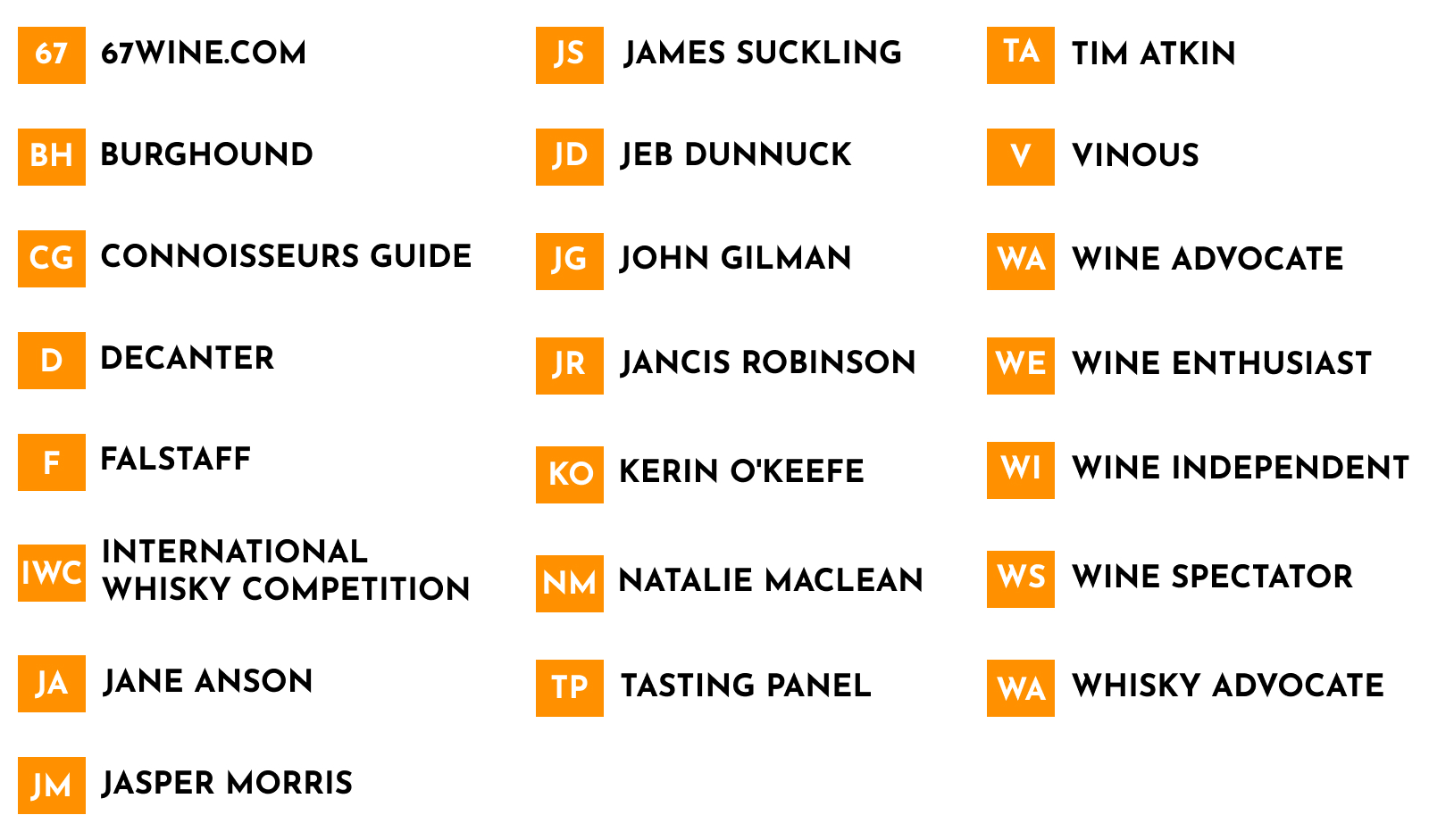The rebirth of a wine industry and culture which has been shuddered for over a millennium is taking place right now in Israel. The revitalization of winemaking reveals itself in nearly 400 wineries throughout the country and the discovery of hundreds of indigenous grape varieties, which until recently had been written off as extinct.
Highlights of the current Israeli wine industry include the initiative of winemaker and Scientist Dr. Eliyashiv (Shivi) Drori at the Ariel University Wine Research Center, in the use of DNA testing on grape remains from ancient sites. Scouring the country for indigenous grapes and performing DNA testing on grape remains from ancient sites, he has put together a database of Israeli grapes, matching the DNA of some with those at archeological sites, and further has made the connection between those grapes and wine grapes discussed in ancient texts. (See Rudoren, Jodi “IsraelAims to Recreate Wine That Jesus and King David Drank” New York Times 29 November 2015).
Wine production in Israel is approximately 35 million bottles a year with twelve wineries making up 92% of total production (Barkan, Carmel, Golan Heights Winery, Teperberg, Binyamina, Tishbi, Zion, Galil Mountain, Recanati, Tabor, Dalton, and Arza) —all of which are kosher, however only 25% of Israel’s nearly 400 wineries are kosher. The majority of wineries in Israel are boutique and garagiste. With so many individuals making wine on some scale, it goes to show that Israel has both climatic advantages to growing high quality wine grapes, and a unique and dynamic cultural relationship with winemaking. Israeli wine is very diverse. Israel’s wine culture has grown up synergistically with its cuisine, and both appear to be coming into their own in a way that is visible in the vibrant atmosphere of wine-bars and restaurants in Tel Aviv, and inspiring international culinary trends.
The region of the Eastern Mediterranean (the Levant—modern day Israel, Lebanon, Syria, and Jordan) was a major center for wine production in the ancient world. Locals such as Canaan and Hebron were considered superior centers of wine production. We know this from documents by the Egyptians who imported the wines of the north. It is also written in religious texts, Talmud and Bible. Remains of ancient Gats (wine presses) still exist all over the region. Wine from modern day Israel was exported to Rome and Greece. Wine production in the region came to a halt in the 7th century with Muslim conquest and Islam’s prohibition of alcohol. There have always been attempts by religious organizations to produce wine in the holy land, and prior to the nation of Israel, when the Levant was Palestine, there were some monasteries producing wine on a small scale. Israel’s wine revolution took off in the 20th Century, from seeds that were sown in the 1850’s by Sir Moses Montefiore, a British banker, wine lover, and Zionist who encouraged Jews to re-establish agriculture in the holy land. Fun fact, he “drank a bottle of wine every day and lived to be 100 years old.” (Wine Route 9).
The Modern Industry Credit is given to Baron Edmund de Rothschild, owner of Chateau Lafite in Bordeaux, for founding the modern Israeli wine industry in the 1880’s. Rothschild literally planted the seeds that have grown up to become Israel’s modern wine industry. He built a large winery at Rishon Le Zion in 1890 and a wine facility at Zichron Yakov. He planted many vineyards and sent his winemaker from Lafite, Charles Mortier, to oversee wine production. The wine industry that took off at the turn of the century was struck down by the obstacles of WWI, WWII, and Prohibition in the US, which annihilated their export market in Europe and the US.
Israel’s Wine Revolution has been taking place since the 1970’s–present and is defined by two main phases: -The Quality Revolution (1970–1980’s) a period associated with advances in wine technology and the assistance of consultant winemakers from UC Davis. Also the Founding of the Golan Heights Winery -The Boutique Revolution(1990-2000) A garagiste movement, and boom in the creation of smaller wineries (20,000 cases and fewer).
Geographic Regions/Appellation System
Located in the eastern Mediterranean, Israel runs vertically and has a multitude of climates and microclimates. It has geographical advantages of long days and plenty of sunshine, which allow grapes to ripen easily. There are currently five main designated appellations. From north to south, they are:
- Galilee – Upper Galilee, Lower Galilee & Golan Heights. The largest production zone. A cooler growing region. In 1972, UC Davis Oenologist Cornelius Ough identified Golan Heights as a high quality growing region. Mixed soil types: volcanic with terra rose, flint, quartz and limestone. Contains the Golan Heights, the northernmost region, bordering Syria and Lebanon. A volcanic plateau with basalt and tuff soil with altitudes as high as 1,200 meters above sea level.
- Shomron – Mount Carmel, Sharon Plain & Shomron Hills
Where vineyards were first planted in the 1880’s. Predominantly limestone soil.
- Samson – Central Coastal Plain, Judean Lowlands & Foothills
A coastal Mediterranean climate. The soils are sandy and terra rossa on the coast and limestone, alluvial clay and loam on the hills.
- Judean Hills – Jerusalem, Gush Etzion & Yatir Forest
Soils are thin, limey and stony. The highest mountains, at 800 meters above sea level, see snow in winter.
- Negev – Ramat Arad & Negev Highlands
A desert region that makes up half of the country. Soils are sand, loam and limestone. The Negev has contributed Drip Irrigation to the world of wine.
Wine in the Bible and the entire ancient world fulfills a social, economical, symbolic, and spiritual function, whether in Judaism, Christianity, or Dionysian cults. This rich heritage still looms presently in the life of growers, wine makers, and lovers of wine. Browse all wines from Israel .



